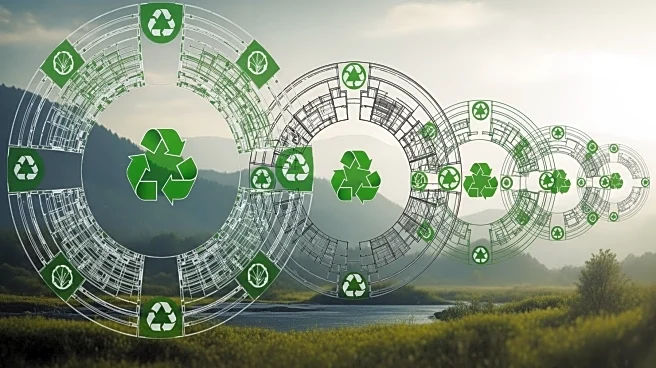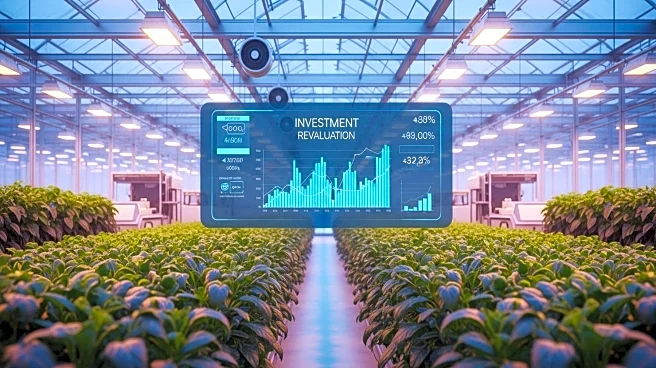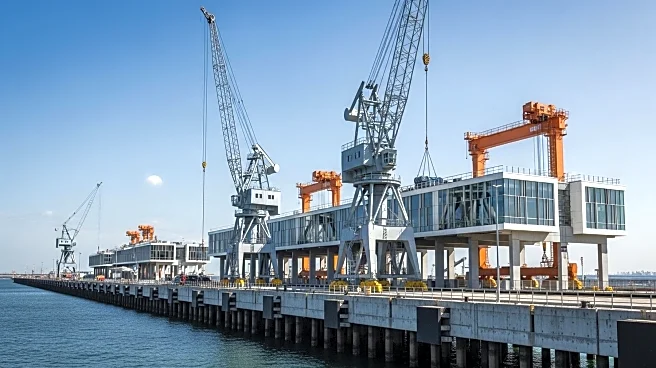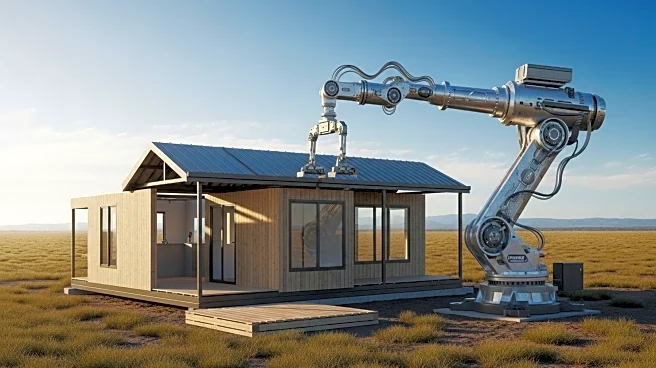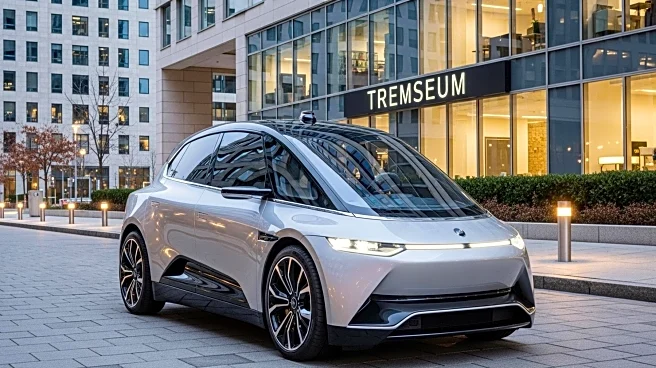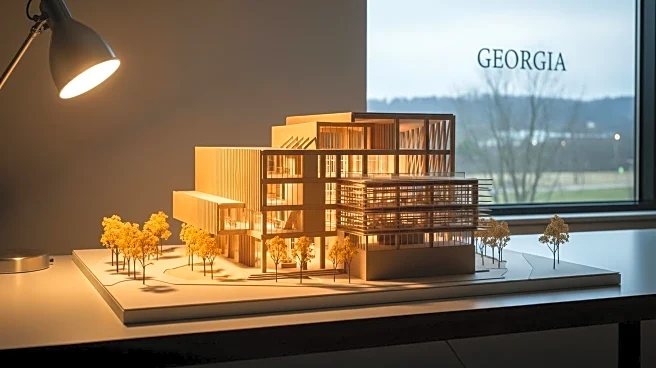What is the story about?
What's Happening?
A new collection of research is focusing on scalable solutions for circularity in the built environment, aligning with Sustainable Development Goals related to industries, innovation, and sustainable cities. Circular design emphasizes low carbon emissions and resource efficiency, aiming to transform how infrastructure and buildings are constructed and adapted. The collection explores principles such as adaptive reuse, recycling, and design for future circularity, applicable to materials, products, and complete buildings. Researchers are encouraged to demonstrate applications at regional scales, with potential scalability at national levels.
Why It's Important?
Implementing circular design principles in the built environment is crucial for achieving sustainability goals and reducing environmental impact. By optimizing resource use and minimizing waste, these practices can significantly lower carbon emissions and enhance the resilience of infrastructure. The focus on scalability ensures that solutions can be applied broadly, influencing national policies and industry standards. As urbanization continues, the need for sustainable construction methods becomes increasingly urgent, offering opportunities for innovation and economic growth.
What's Next?
Researchers and industry leaders will continue to explore and develop scalable solutions for circularity in the built environment. This may involve advancing digital tools and modeling techniques to support circular design, as well as fostering collaboration between stakeholders to implement these practices at larger scales. The ongoing research will contribute to the development of policies and standards that promote sustainable construction and infrastructure adaptation.
Beyond the Headlines
The push for circularity in the built environment reflects a broader shift towards sustainable development and resource management. By integrating circular design principles, cities can become more resilient and environmentally friendly, reducing their carbon footprint and enhancing quality of life for residents. This approach also presents economic opportunities, as industries adapt to new standards and technologies, driving innovation and competitiveness in the global market.
AI Generated Content
Do you find this article useful?
